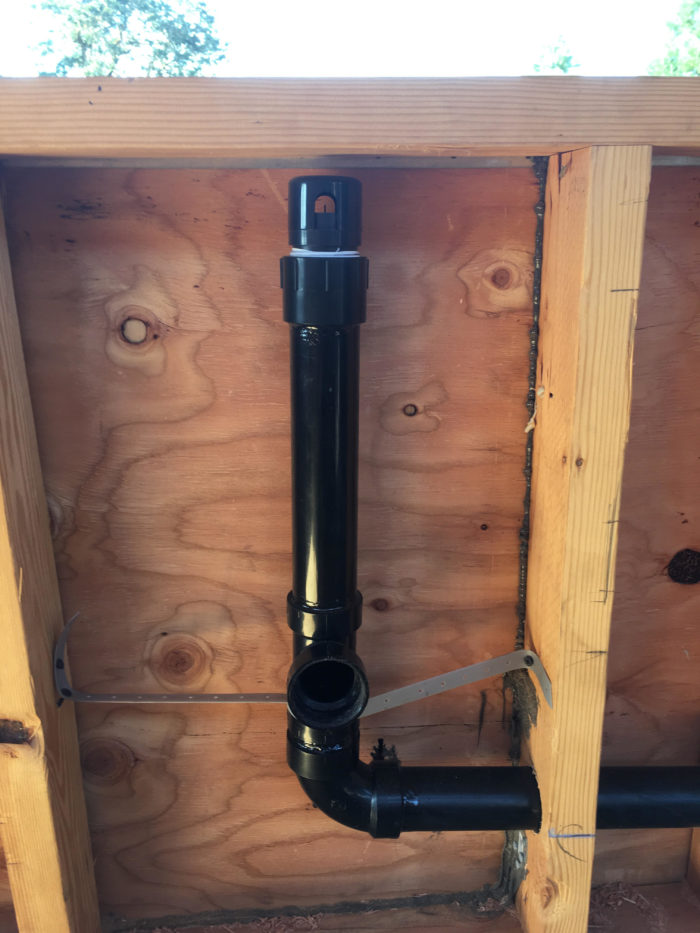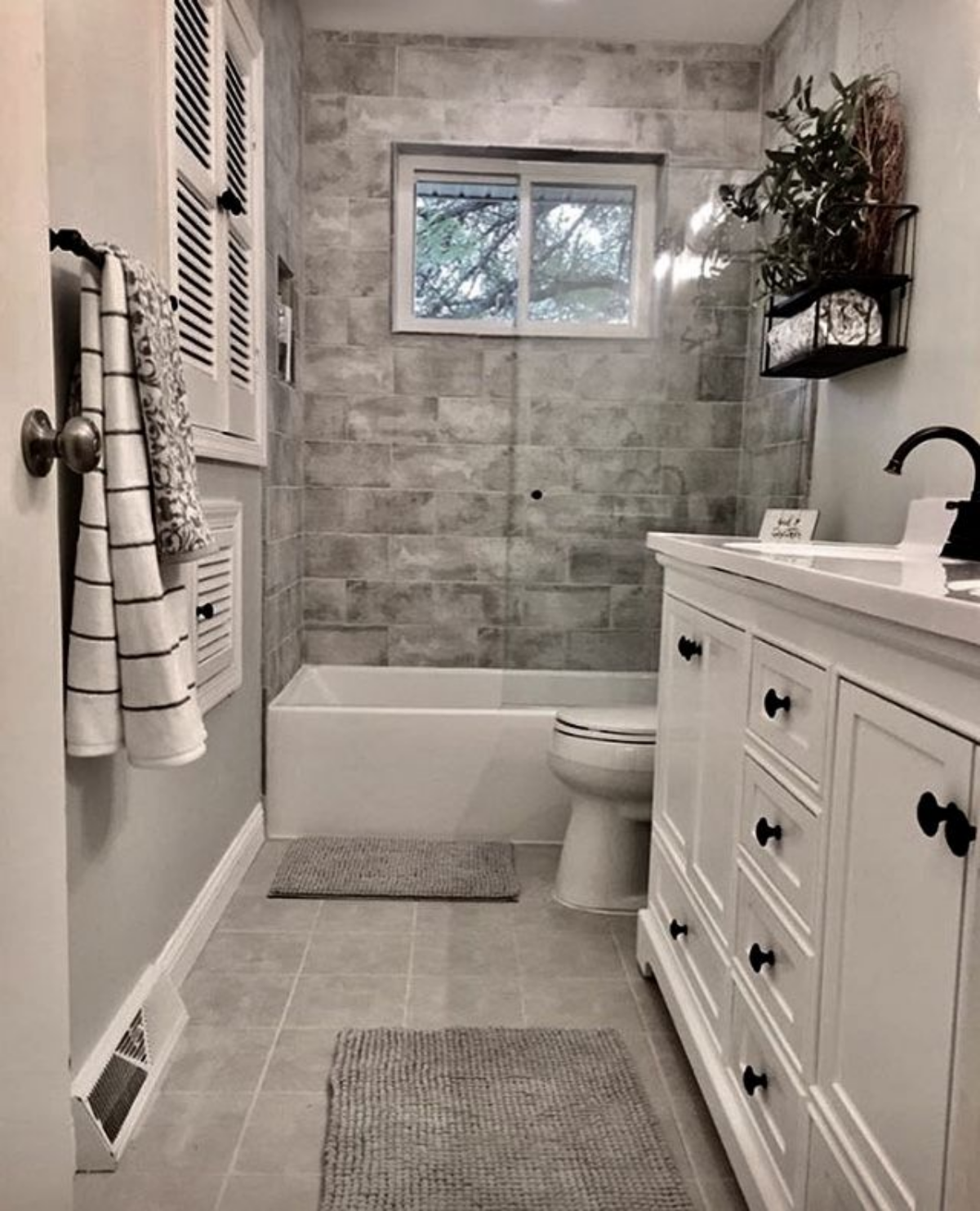The author is making a number of great pointers on the subject of Why Plumbing Air Vents Are Important as a whole in the content in the next paragraphs.

Proper air flow in plumbing systems is typically ignored, yet it is critical for keeping the functionality and safety and security of your home's plumbing. Air flow assists control air pressure, prevent the build-up of unsafe gases, and make certain the efficient elimination of waste. In this guide, we will certainly check out the relevance of correct plumbing ventilation, exactly how it works, and the benefits it brings to your plumbing system.
Comprehending Ventilation in Plumbing
Ventilation in pipes describes the network of pipes that permit air to move with the drain system. These vents offer numerous functions, consisting of regulating air pressure within the pipes, stopping sewage system gases from getting in the home, and aiding in the smooth flow of wastewater.
Exactly How Ventilation Functions in Plumbing Systems
Atmospheric Pressure Law
Correct ventilation maintains well balanced atmospheric pressure within the plumbing system. When water moves via pipes, it displaces air. Without adequate air flow, this variation can create unfavorable pressure, causing reduce drains pipes or siphoning of water from catches, which can trigger undesirable odors to seep into the home.
Stopping Sewage System Gas Build-up
Among the most essential features of pipes vents is to stop sewage system gases, such as methane and hydrogen sulfide, from building up within the home. These gases can posture severe wellness dangers and are very flammable. Vent pipes allow these gases to escape securely outside.
Assisting in Waste Elimination
Air flow assists in the effective elimination of wastewater by avoiding airlocks in the drainage system. When air can stream openly with the vents, it permits water and waste to flow efficiently via the pipes, minimizing the risk of clogs and backups.
Kinds Of Pipes Vents
Main Stack Vent
The primary pile air vent, additionally called the air vent pile, is the primary vent in a pipes system. It expands from the main drainpipe line up through the roofing, allowing gases to leave and fresh air to go into the system.
Branch Vent
Branch vents link to the main stack vent and serve private components, such as sinks, bathrooms, and showers. These vents make sure that each fixture has sufficient air flow to work effectively.
Air Admission Valve (AAV).
An Air Admission Shutoff (AAV) is a one-way shutoff that permits air to go into the plumbing system without the requirement for a standard air vent pipe extending via the roofing system. AAVs are commonly made use of in remodellings or locations where installing a typical air vent is unwise.
Signs of Poor Air Flow in Plumbing.
Slow Draining Fixtures.
If your sinks, bathtubs, or commodes are draining gradually, it could be a sign of inadequate air flow. Insufficient air circulation can create a vacuum cleaner impact, making it tough for water to drain pipes properly.
Gurgling Sounds.
Gurgling noises coming from drains are commonly a result of air being sucked with water catches because of adverse pressure in the pipelines. This is a clear indicator of inadequate ventilation.
Unpleasant Smells.
Sewage system odors inside your home are a warning that your pipes system is not correctly ventilated. This could mean that sewage system gases are not being appropriately aired vent outside, leading to possibly dangerous problems.
Usual Ventilation Mistakes.
Inadequate Vent Sizing.
Using undersized air vent pipes can lead to poor air flow and stress imbalances in the system. It's vital to utilize vents that fulfill the particular requirements of your plumbing system.
Improper Vent Placement.
Positioning vents too much from the components they serve can decrease their performance. Proper positioning makes sure that air can stream openly and efficiently with the system.
Ignoring Code Requirements.
Building ordinance give certain standards for pipes ventilation. Disregarding these codes can lead to a system that stops working to function appropriately and may bring about costly repairs or health hazards.
Advantages of Appropriate Ventilation.
Boosted System Performance.
Properly ventilated plumbing systems run a lot more effectively, with less clogs, faster draining pipes, and much less stress on the pipelines. This effectiveness prolongs the life expectancy of the plumbing system.
Improved Air High Quality.
By protecting against sewage system gases from entering your home, appropriate ventilation adds to much better indoor air quality, making your living atmosphere healthier and much more comfy.
Protecting Against Water Damage.
Sufficient air flow assists stop water from being siphoned out of traps, which can bring about drain gases getting in the home and causing water damages gradually.
Actions to Ensure Appropriate Air Flow.
Consulting Plumbing Codes.
Always consult neighborhood plumbing codes when designing or changing your pipes system. These codes offer the necessary guidelines for correct venting and guarantee your system fulfills safety standards.
Regular Inspection and Upkeep.
Regular inspections can aid identify prospective ventilation concerns before they end up being significant issues. Upkeep tasks, such as cleaning up vent pipes and checking for clogs, are important for maintaining the system in good working order.
Professional Installment.
For brand-new installments or major alterations, it's smart to employ a professional plumbing technician. They have the experience to make certain the air flow system is correctly created and mounted according to code.
Verdict.
Correct air flow is a crucial part of any kind of plumbing system, making sure that it operates successfully and securely. By comprehending the significance of air flow, acknowledging the indications of bad air flow, and taking actions to keep your system, you can prevent pricey problems and secure your home's air top quality.
4 Things You Should Know About Your Plumbing Vents
What Plumbing Vents Are
Also called a vent stack, a plumbing vent is a vertical pipe attached to your drain line that runs through your roof. The plumbing vent pipe, or plumbing air vent, removes gas and odors from your plumbing system and allows fresh air to enter the pipes, helping the water to flow out of the drain pipes.
What Plumbing Vents Do
Plumbing vents have two basic functions. One of which is to allow unpleasant smelling wastewater and sewer gasses to escape your plumbing system instead of entering your home. Plumbing vent pipes are typically located on roofs, away from windows, to ensure the fumes exit the home completely.
The other function of the plumbing vent is to move fresh air into your plumbing system. This helps move water through every plumbing fixture in your house, like toilets and sink drains. Think of the way in which you need to let a little air into the bottle as you pour soda in order to make the drink flow smoothly.
Different Types of Plumbing Vents
- True vent: This is the most common vent option. In simplest terms, a true vent is a vertical pipe attached to your drain line that exits through the roof. They often function as the main vent that other fixtures can connect to.
- Re-vent pipe or auxiliary vent: Attached to the drain line near specific plumbing fixtures, re-vent pipes run up and over to connect to the main vent.
- Common vent: Two plumbing fixtures installed on opposite sides of a wall are typically tied into the vent stack using something known as a sanitary cross.
- Wet vent: This venting option operates as a drain pipe and a vent at the same time. Wet vent drainage systems drain water from one fixture while venting the air from another. Although they’ve been used for over 100 years, wet vent systems have only recently been added to the plumbing code in many areas. If you’re planning on installing one in a bathroom remodel, make sure you check your local code prior to construction.
- Loop vent: For free-standing fixtures like kitchen island sinks, loop vents are ideal. These vent pipes run under the floor, rise from the P-trap, and create a loop inside the cabinet sink.
- Air admittance valve: An AAV is a one-way mechanical valve typically installed at the site of the plumbing fixture. AAVs allow venting to occur without having to tie into a larger venting system. They’re ideal for venting fixtures where you aren’t able to easily connect to an existing vent system.
Common Plumbing Vent Issues
Although vent pipes typically don’t have water flowing through them, they’re still subject to many typical plumbing issues. For example, clogs are one of the most common problems associated with sewer vent pipes. If your vent pipe gets clogged, all of your plumbing fixtures tied into the vent stack will be affected.
A sink with a slow drain that bubbles and gurgles or a strong sewage smell around your toilet are both indicators that your toilet vent pipe is clogged. Because most vent pipes exit through the roof, old leaves, twigs or even a bird’s nest could be clogging the pipe.
Clogs in your vent pipe system cause a buildup of negative pressure, meaning that water won’t be able to flow out of your home very well. It’s similar to putting your finger over the opening of a straw to trap water inside. When you remove your finger, the water is able to flow out of the straw.
If you suspect you have any blockage in your vent, make sure you have a professional come examine the situation. Left unchecked, a blocked air vent can lead to other costly repairs, like leaks and sediment buildup.
Under Pressure
Pipe vents are essential aspects of a home’s plumbing system. Owning a home means learning about all sorts of things you never put much thought into before. But by understanding as much as you can about the important systems of your home, you can keep those budgets intact and those anxiety levels low.
https://www.homeserve.com/en-us/blog/home-improvement/plumbing-vents/

We hope you enjoyed our topic on What Is A Plumbing Vent & How Do They Work?. Thank you for taking the time to read through our piece of content. Please take the opportunity to promote this post if you enjoyed reading it. Thanks a lot for being here. Come back soon.
Call Today
Comments on “How Correct Ventilation Matters in Plumbing Systems”